10 Interesting Facts About The Inuits Of Canada
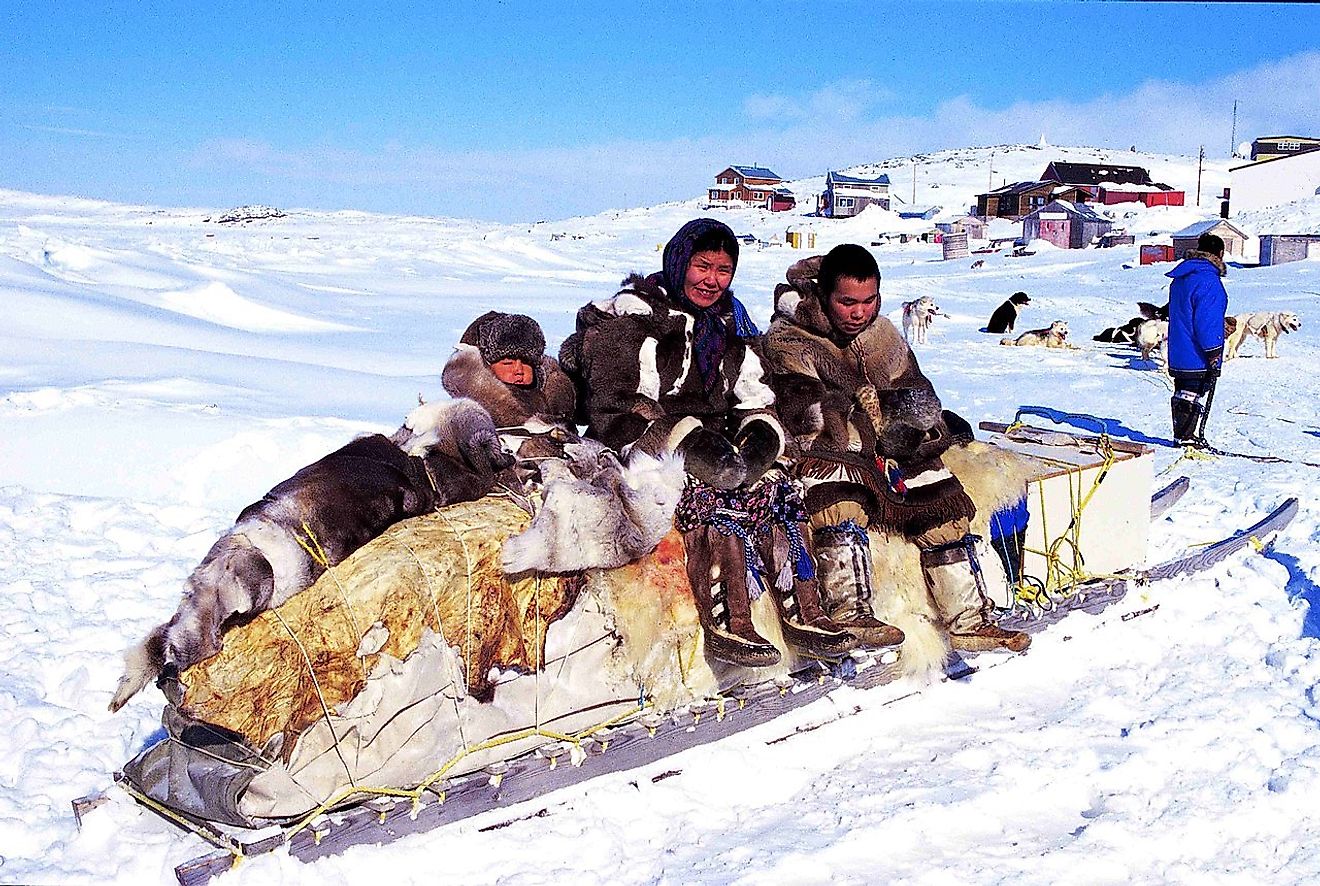
- There are 64,000 Inuit living throughout Canada.
- Kayaks, snowshoes, and snow googles are all Inuit inventions.
- Inuit territories, called the Inuit Nunangat, make up nearly 40% of the Canadian landmass.
Despite being one of the harshest and most inhospitable landscapes on the planet, the Arctic has been inhabited for thousands of years. The northern regions of Canada are the traditional home of the Inuit, an Indigenous people who share cultural and historic links to the traditional northern peoples of the circumpolar countries of Norway, Russia, Finland, Sweden, Iceland, and the United States. The Inuit of Canada mostly reside in Inuit Nunangat, a massive swath of territory encompassing the water, ice, and land of the Arctic region north of the 60th parallel and the Arctic Archipelago.
10. Inuit - Not Eskimo
Although the word Eskimo has erroneously been used to refer to all Inuit groups, and is still widely used to denote the Aleuts and Yupik peoples of Alaska, the name Inuit is the preferred term in parts of Greenland and throughout Canada. From the Inuktitut language and meaning ‘the people’, Inuit refers to the group as a whole, while an individual is an Inuk. The term Eskimo is largely considered derogatory and is believed to be an anglicised misinterpretation of a word used by Algonquian-language First Nations groups, including the Cree and Ojibwa, to denote the northern peoples.
9. Inuit Inventions
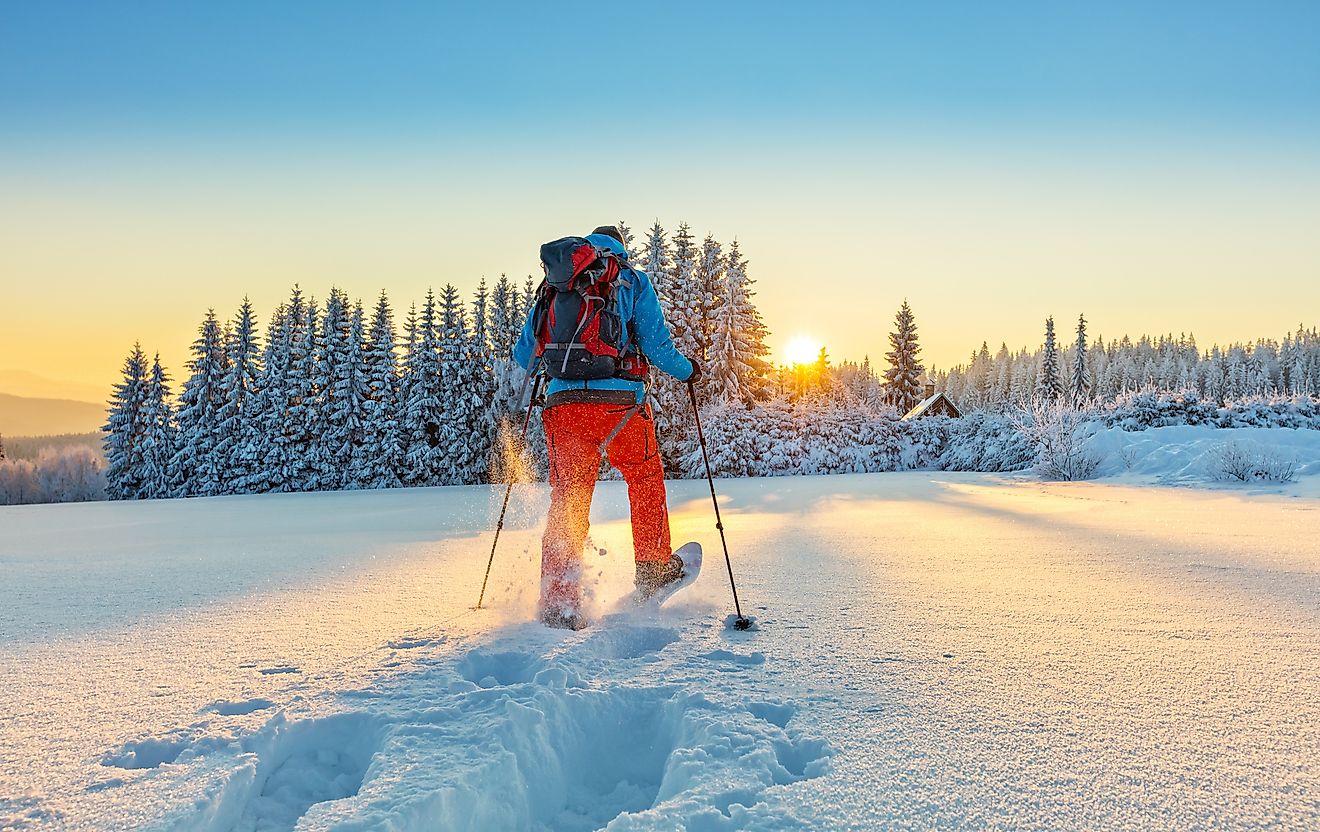
If you enjoy summer kayaking or winter snowshoeing, you have the Inuit to thank for these ingenious inventions. Built to traverse the deep snows, snowshoes were crafted from the sinews of caribou, antler and bone. Sealskin provided a waterproof material for agile and light canoes, capable of navigating frozen ice floats in the open ocean. Another invention: sunglasses! Snow goggles carved from bone and antlers have been discovered, along with prehistoric depictions of Inuit hunters wearing snow goggles to protect their eyes from the glare of the sun.
8. Inuit Language
Inuktitut is one of the most spoken languages of the Inuits and it is spoken throughout the northern regions of Canada, with five main dialects. A traditional oral language, modern linguists have worked with the peoples to create two written formats of the language: roman orthography (which uses an alphabet to create words, as done in English and Latin-based languages) and syllabic (which uses symbols rather than letters). Inuktitut is used on all major publications and signage, including traffic signs.
7. Inuit Arts
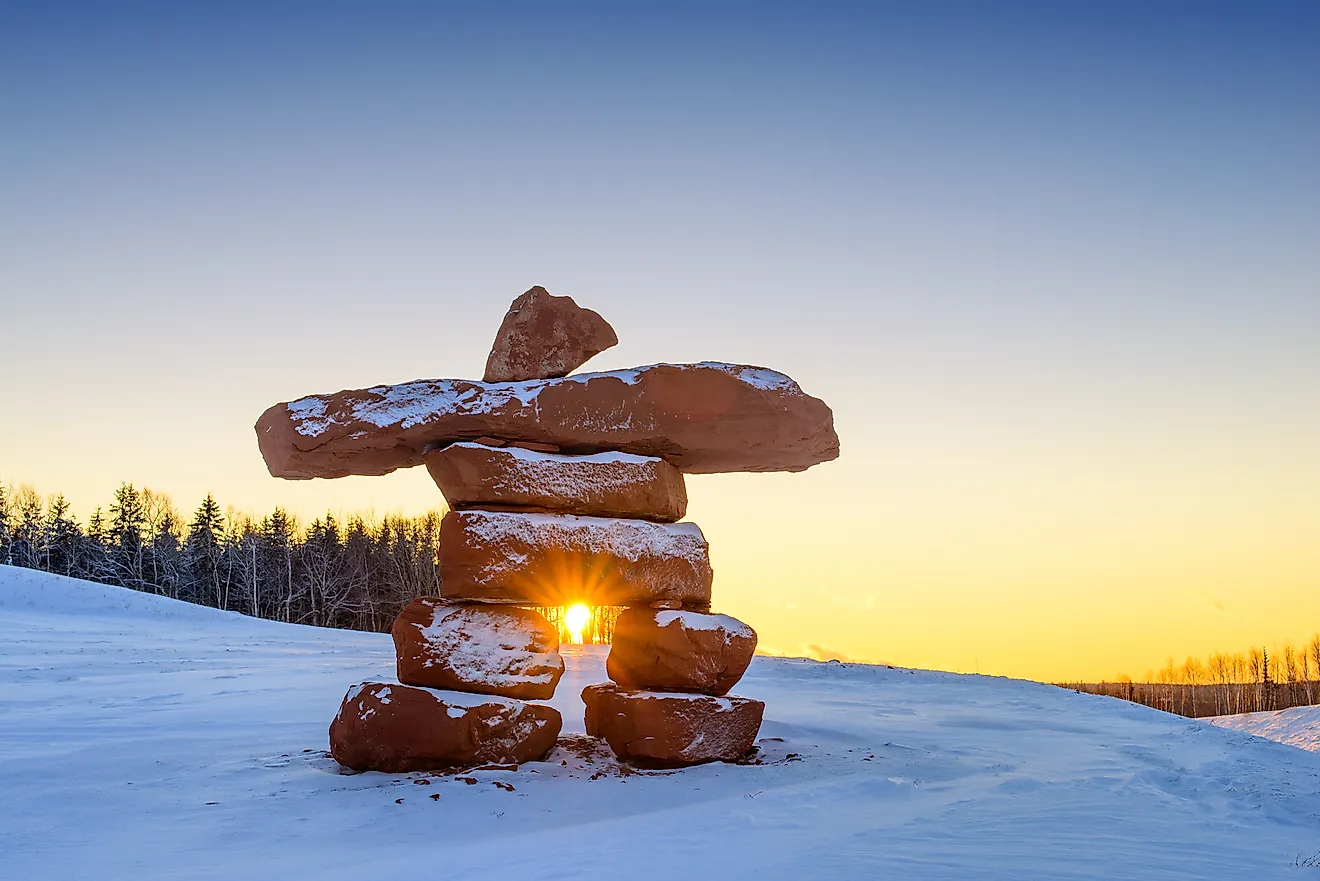
The harbor community of Cape Dorset in the northern territory of Nunavut is a leading destination for Inuit art, with one in five people in this community of 1500 employed by the arts. Arts include soapstone carving, textiles woven from natural materials, and the unique musical style called throat singing. Perhaps the most recognizable artistic symbol of the Inuit is the inukshuk. Inuksuk are human figures built from piled stones that seem to defy gravity. An inukshuk was used as the logo for the 2010 Winter Olympics held in Vancouver, while the flag of Nunavut depicts a red inuksuk.
6. Dogsledding
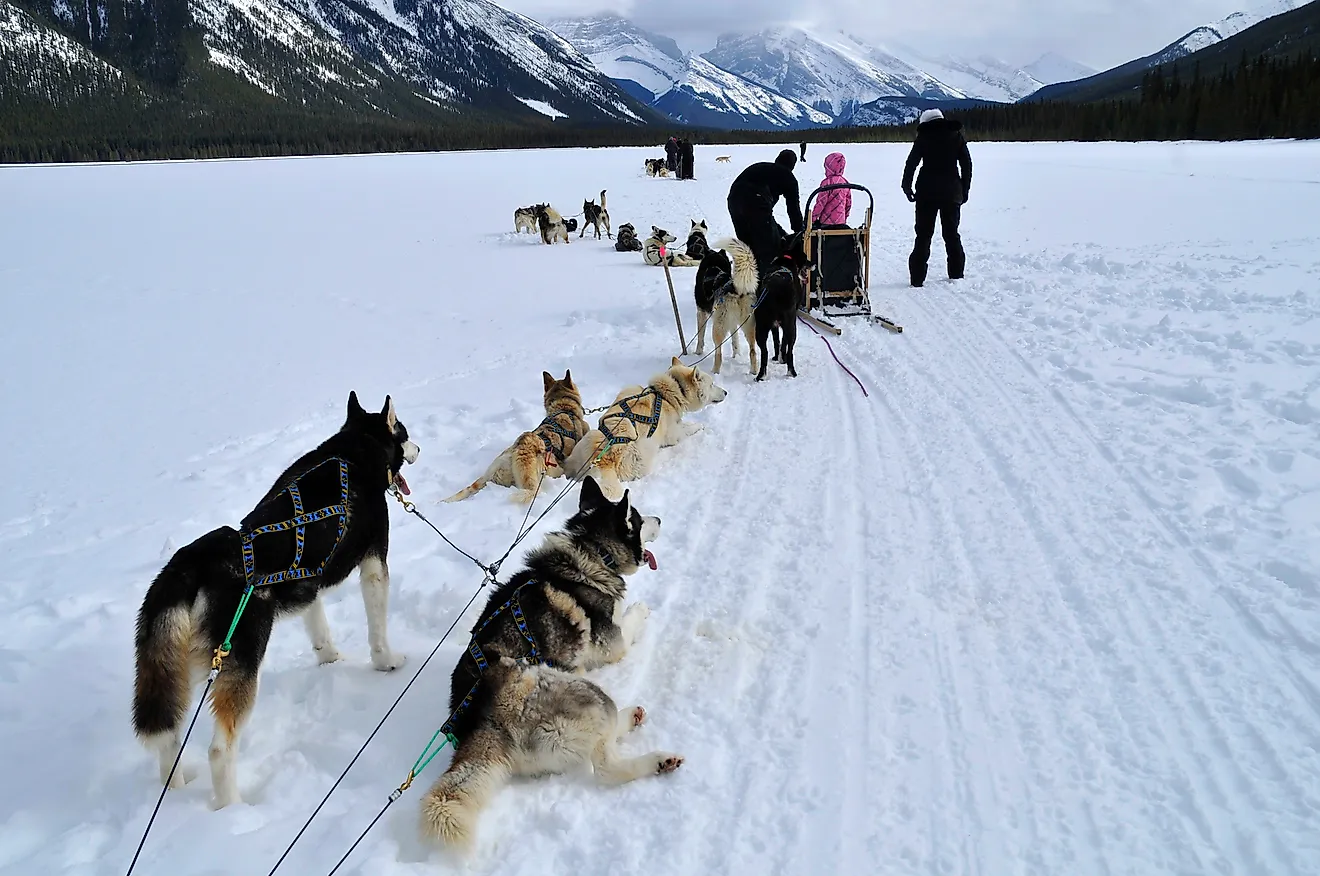
Dogsledding was one of several methods used to traverse the frigid landscape. The "qamutik" is a sled designed to carry heavy loads over densely packed snow and rough terrain. Siberian Huskies are the better-known breed, while the Inuit bred a smaller and broader dog known as the qimmiq. Stout and sturdy, the qimmiq were able to track the scent of seals through the ice. These tough, inquisitive, and fiercely loyal dogs are considered purebreds with the Canadian Kennel Club, but are at risk of extinction as a breed due to low numbers of purebreds.
5. Ingenious Hunters
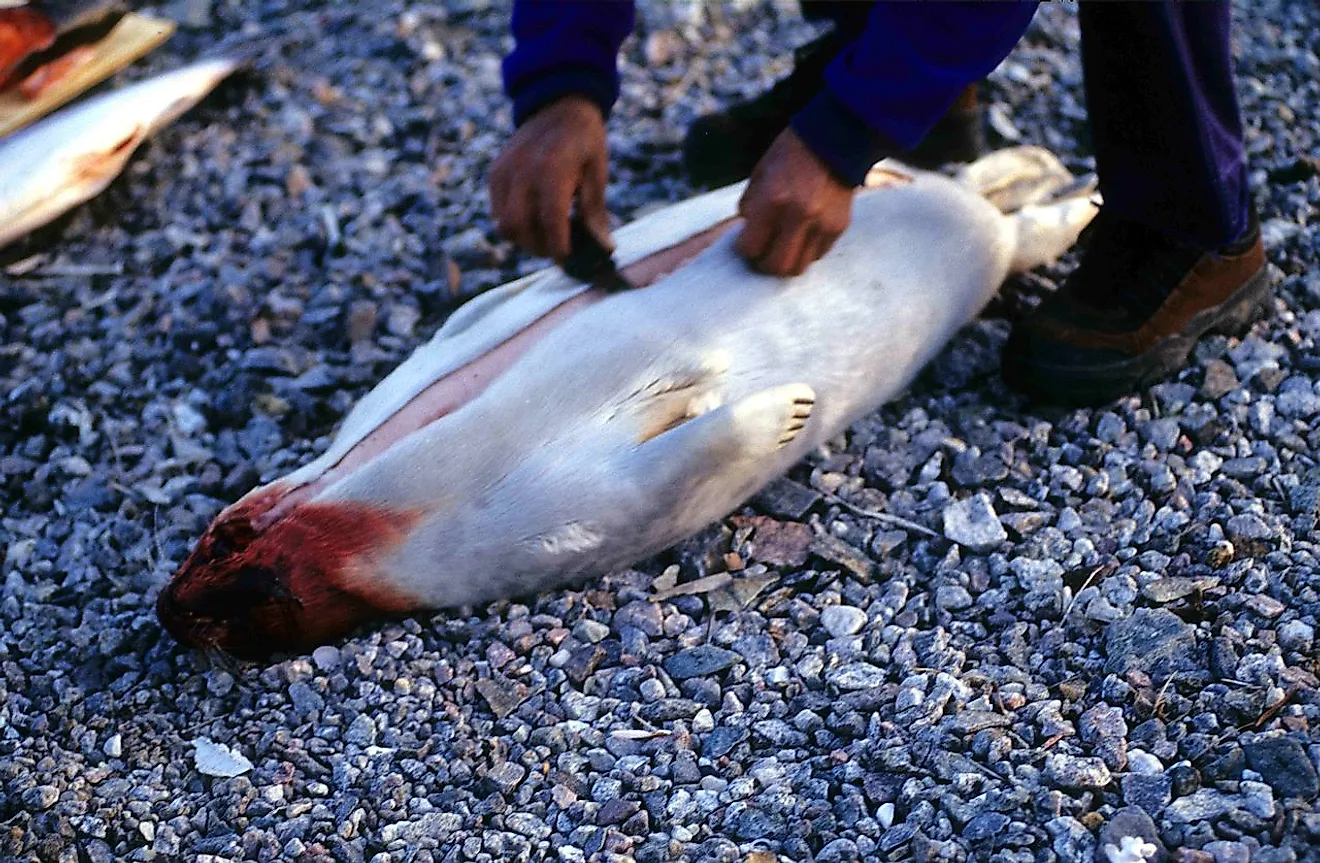
Traditional Inuit hunters were hindered by limited natural resources and sub-freezing temperatures, facing some of the largest and deadliest carnivores on the planet. Despite these challenges, the Inuit were ingenious in methodology and invention. Subsistence hunters continue to rely on arctic animals for both food and clothing. Of all the animals hunted, including seal, walrus, caribou, wolf, and a variety of whales, the polar bear, called Nanook or Nanuq, was most revered and feared. Today many communities offer limited polar bear hunting opportunities as a means of financial support.
4. Traditional Cuisine
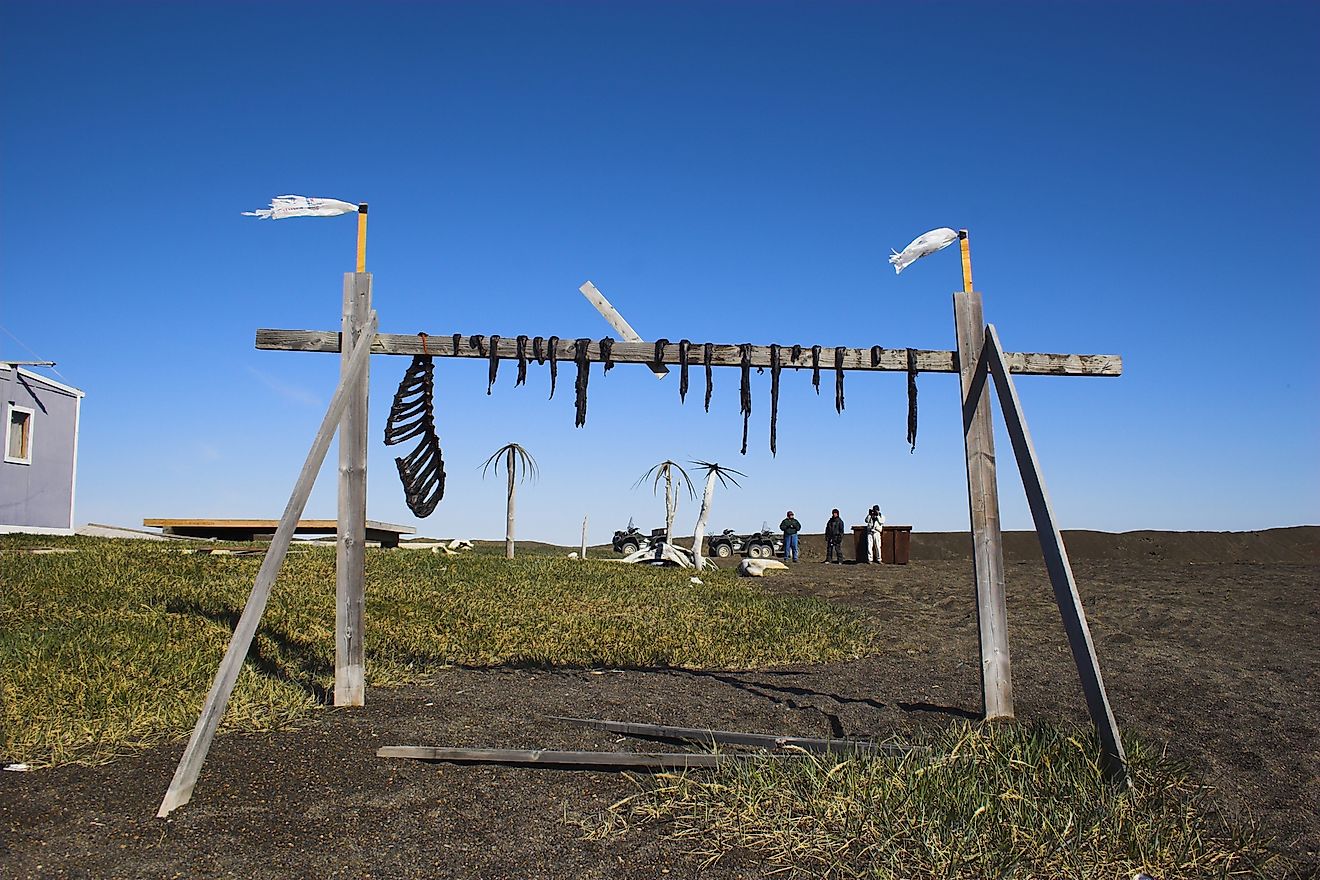
A nomadic people who followed the migrating herds of arctic animals, the Inuit were also adept at harvesting the native plants of berries, grasses, and tubers. Given the lack of foliage throughout most of the year the Inuit diet is traditionally low in carbohydrates but high in protein and fats. The Inuit did not suffer from a lack of vitamin C, however. This necessary nutrient can be found in kelp, caribou liver, and seal brain which is traditionally eaten raw. Cooking of these organs depletes the vitamins and minerals.
3. Inuit Ethnic Groups
Recent census information indicates the modern population of Inuit is relatively young, with a median age of just 24-years old. Despite its youthful population, or perhaps because of it, community elders are revered and hold positions of cultural, spiritual, and political importance. The Inuit people of Canada are distinguished by eight distinct ethnic groups and geographic regions. The ethnic groups are: Baffin Island; Iglulingmuit (Iglulik); Inuinnait (Copper); Kivallirmiut (Caribou); Labradormiut (Labrador); Netsilingmiut (Netsilik); Nunavimmiut (Ungava).
2. Urban Inuit
The most recent census indicates a total Inuit population of 64,000 people in Canada. While most live in the Inuit Nunangat regions about just under 10%, about 6,000 Inuit, live throughout the rest of the country. The capital region of Ottawa has the largest community, between 600-900 people, while small pockets of communities live in the major cities of Winnipeg, Edmonton, Montreal, Toronto and Vancouver.
1. Inuit Nunangat Regions
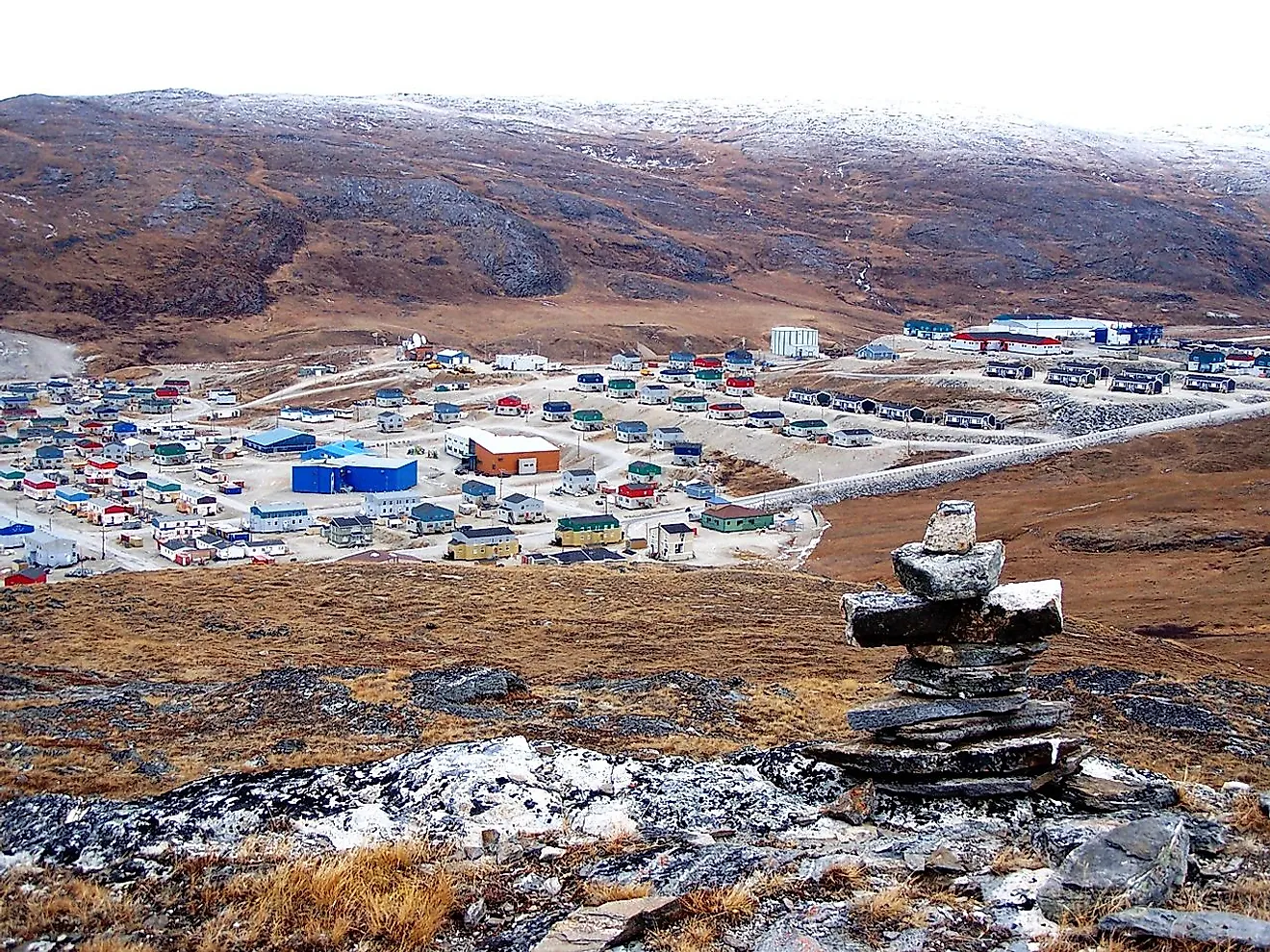
Within the northern regions of Canada are four large territories that were granted to the Inuit following land claim negotiations. Together, these four regions amount to nearly 40% of Canada’s land mass and cross three territories and two provinces. The regions are: Inuvialuit (NWT and Yukon); Nunavik (Northern Quebec); Nunatsiavut (Labrador); and Nunavut. Fifty-three communities are located within these regions, and collectively the land is known as Inuit Nunangat, or "the place where Inuit live" in their Inuktitut language.











